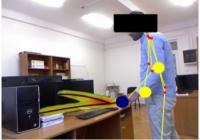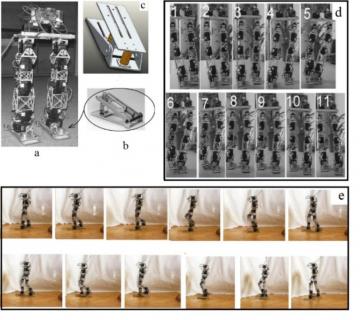Start » Research » Research projects »
Tools and methods for novel robotics systems
The research concerns the design and implementation of real-time control systems, focusing on humanoids, walking machines and autonomous flying devices. Motion synthesis methods and design solutions for novel robotic systems inspired by biology are also investigated.
Tools and methods for novel robotics systems
The research concerns the design and implementation of real-time control systems, focusing on humanoids, walking machines and autonomous flying devices. Motion synthesis methods and design solutions for novel robotic systems inspired by biology are also investigated.
The study of animal movement synergies is needed to translate them into robotic movement patterns. In our earlier research, a motion pattern generator inspired by the biological central pattern generator (CPG) had been developed). By selecting appropriate parameters, the generator captured the synergy of movement in the human hip and knee joints. The generator has been successfully implemented in the bipedal robot.
A motion similarity measure that allows for an easy and graphical comparison of the displacements of point masses as a function of time has been proposed.
Another research stream concerns the EMG based control. In the work fuzzy logic neural network was used to deliver the mapping between the EMG signals and the planned angular position of the upper limb. The simplified dynamic model was used next to produce the based on the difference between the actual joint positions and planned joint positions.
Having in mind the needs of contemporary service robotics the research focuses on predicting human movements and actions using AI methods. In 'learning by observation' the robot learns what sequence of its body postures is needed to perform a given action and then retrieves from its database the motion primitives (position specifications) to perform the observed sequence of postures. That is, in implementation, the action is defined as a transformation between postures (or primitives). The methods for posture classification using the data recorded by RGB-D cameras have been developed. The method enables the recognition of the activity represented by a sequence of human postures.
The concept of inferring actions based on recognizing elementary motion components using a semantic database or a decision tree also has been studied. The research concerns aslo the application of modern AI methods in industial robotics for recognition of the machinning defects.





